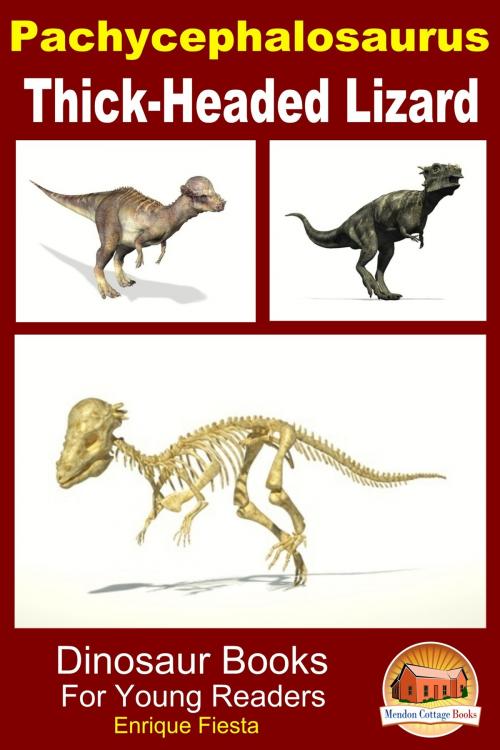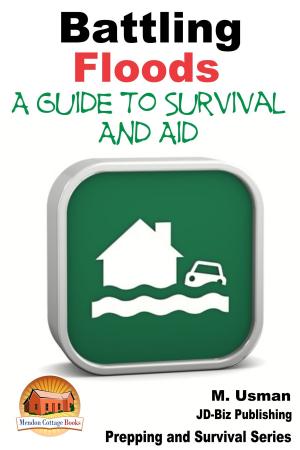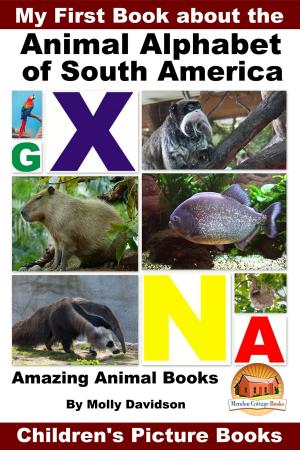| Author: | Enrique Fiesta | ISBN: | 9781311570512 |
| Publisher: | Mendon Cottage Books | Publication: | January 29, 2015 |
| Imprint: | Smashwords Edition | Language: | English |
| Author: | Enrique Fiesta |
| ISBN: | 9781311570512 |
| Publisher: | Mendon Cottage Books |
| Publication: | January 29, 2015 |
| Imprint: | Smashwords Edition |
| Language: | English |
Table of Contents
Introduction
Chapter 1: Appearance and Behavior
Chapter 2: Environment
Conclusion
Author Bio
Introduction to Dinosaurs
Facts about Dinosaurs
Dinosaur Extinction
Dinosaur Fossils
Dinosaur Eggs
Dinosaur Names
Dinosaur Diet
Feathered Dinosaurs
Plant Eating Dinosaurs
The Weirdest Dinosaurs
The Deadliest Dinosaurs
Flying Dinosaurs
Kinds of Dinosaurs
The Biggest Dinosaurs
The Smallest Dinosaurs
Author Bio
Publisher
Introduction
Hello young reader! By reading this book you are going to take a step back in time and journey to the age of the dinosaurs! The dinosaurs are the some of the most amazing creatures to live on our planet. They existed around 200 million years ago and continued to exist for 165 million years. The human race has only been around for about 60,000 years. This means that the dinosaurs lived on earth 2750 times longer that we have! For reasons unknown the dinosaurs mysteriously disappeared 65 million years ago and became extinct. The only reason we know they exist is because we have found their fossilized remains in the earth. Humans have come across dinosaur fossils throughout history, but it wasn’t until the 19th century (1800s) that the study of dinosaurs became a formal scientific study. The first fossil given serious attention as a dinosaur specimen was an Iguanodon* fossil. Since then dinosaur fossils have been discovered all over the world. Right now paleontologists and scientists are doing important digging in China because feathered dinosaurs have been found there, but even the scaly ones are important too. The dinosaurs’ strange shapes and sizes have sparked the imaginations of countless people. The study of dinosaurs requires depth of imagination, analytical skills, and thought. I hope this book fuels your imagination and makes you want to learn even more about dinosaurs. I hope you learn to appreciate the value of the dinosaurs and that you bring a spirit of openness and wonder on your journey back to the age of the dinosaurs.
The dinosaur we are learning about in this book is the Pachycephalosaurus. This dinosaur is famous for its thick dome-like skull. We are going to learn about this dome structure, the dinosaur’s appearance, behavior, and how it related to its environment and the dinosaurs it lived with. We know what we know about the dinosaurs from a variety of sources including fossils, biology, and other scientific disciplines. Fossils are the ancient remains of the dinosaurs, the most familiar being their bones. Biological science is the study of life in general, but many scientists compare the dinosaurs to modern day animals to support their theories.
Before a talk about dinosaurs can take place it is important that we discuss the theory of evolution. Evolutionary theory supposes that all the animals we know and see today are the direct descendants of animals that existed millions of years ago. The dinosaurs and other creatures that existed millions of years ago either died out or gradually changed into different animals. For instance, birds are considered to be surviving dinosaurs because their dinosaur ancestors survived the dinosaur extinction event (we will discuss this later).
Remember that any time you see an * next to the name of a dinosaur, it means that a book has been written about this dinosaur in the Dinosaur Books for Young Readers series. Any word written in bold is an important scientific term which is defined in-text. Italics are used to denote the first time a dinosaur’s name is mentioned in the book.
Table of Contents
Introduction
Chapter 1: Appearance and Behavior
Chapter 2: Environment
Conclusion
Author Bio
Introduction to Dinosaurs
Facts about Dinosaurs
Dinosaur Extinction
Dinosaur Fossils
Dinosaur Eggs
Dinosaur Names
Dinosaur Diet
Feathered Dinosaurs
Plant Eating Dinosaurs
The Weirdest Dinosaurs
The Deadliest Dinosaurs
Flying Dinosaurs
Kinds of Dinosaurs
The Biggest Dinosaurs
The Smallest Dinosaurs
Author Bio
Publisher
Introduction
Hello young reader! By reading this book you are going to take a step back in time and journey to the age of the dinosaurs! The dinosaurs are the some of the most amazing creatures to live on our planet. They existed around 200 million years ago and continued to exist for 165 million years. The human race has only been around for about 60,000 years. This means that the dinosaurs lived on earth 2750 times longer that we have! For reasons unknown the dinosaurs mysteriously disappeared 65 million years ago and became extinct. The only reason we know they exist is because we have found their fossilized remains in the earth. Humans have come across dinosaur fossils throughout history, but it wasn’t until the 19th century (1800s) that the study of dinosaurs became a formal scientific study. The first fossil given serious attention as a dinosaur specimen was an Iguanodon* fossil. Since then dinosaur fossils have been discovered all over the world. Right now paleontologists and scientists are doing important digging in China because feathered dinosaurs have been found there, but even the scaly ones are important too. The dinosaurs’ strange shapes and sizes have sparked the imaginations of countless people. The study of dinosaurs requires depth of imagination, analytical skills, and thought. I hope this book fuels your imagination and makes you want to learn even more about dinosaurs. I hope you learn to appreciate the value of the dinosaurs and that you bring a spirit of openness and wonder on your journey back to the age of the dinosaurs.
The dinosaur we are learning about in this book is the Pachycephalosaurus. This dinosaur is famous for its thick dome-like skull. We are going to learn about this dome structure, the dinosaur’s appearance, behavior, and how it related to its environment and the dinosaurs it lived with. We know what we know about the dinosaurs from a variety of sources including fossils, biology, and other scientific disciplines. Fossils are the ancient remains of the dinosaurs, the most familiar being their bones. Biological science is the study of life in general, but many scientists compare the dinosaurs to modern day animals to support their theories.
Before a talk about dinosaurs can take place it is important that we discuss the theory of evolution. Evolutionary theory supposes that all the animals we know and see today are the direct descendants of animals that existed millions of years ago. The dinosaurs and other creatures that existed millions of years ago either died out or gradually changed into different animals. For instance, birds are considered to be surviving dinosaurs because their dinosaur ancestors survived the dinosaur extinction event (we will discuss this later).
Remember that any time you see an * next to the name of a dinosaur, it means that a book has been written about this dinosaur in the Dinosaur Books for Young Readers series. Any word written in bold is an important scientific term which is defined in-text. Italics are used to denote the first time a dinosaur’s name is mentioned in the book.















